DIY Home Decor Ideas – ever feel like your living space is missing that *something special*, that personal touch that truly makes it *yours*? I know I have! We’ve all scrolled through those picture-perfect home decor magazines, dreaming of transforming our houses into stylish havens. But let’s be honest, those designer price tags can be a major buzzkill.
For centuries, people have been adding personal touches to their homes, from ancient cave paintings to intricate tapestries. The desire to create a comfortable and aesthetically pleasing environment is deeply ingrained in human nature. It’s about more than just filling a space; it’s about expressing your identity and creating a sanctuary.
That’s where the magic of DIY comes in! This article is your ultimate guide to unlocking your inner interior designer without breaking the bank. I’m going to share some fantastic DIY Home Decor Ideas that are not only budget-friendly but also incredibly fun and rewarding. Whether you’re looking to revamp your entire living room or simply add a few unique accents, I’ve got you covered. These tricks and hacks will help you personalize your space, reflect your unique style, and create a home you truly love. Let’s get crafty!
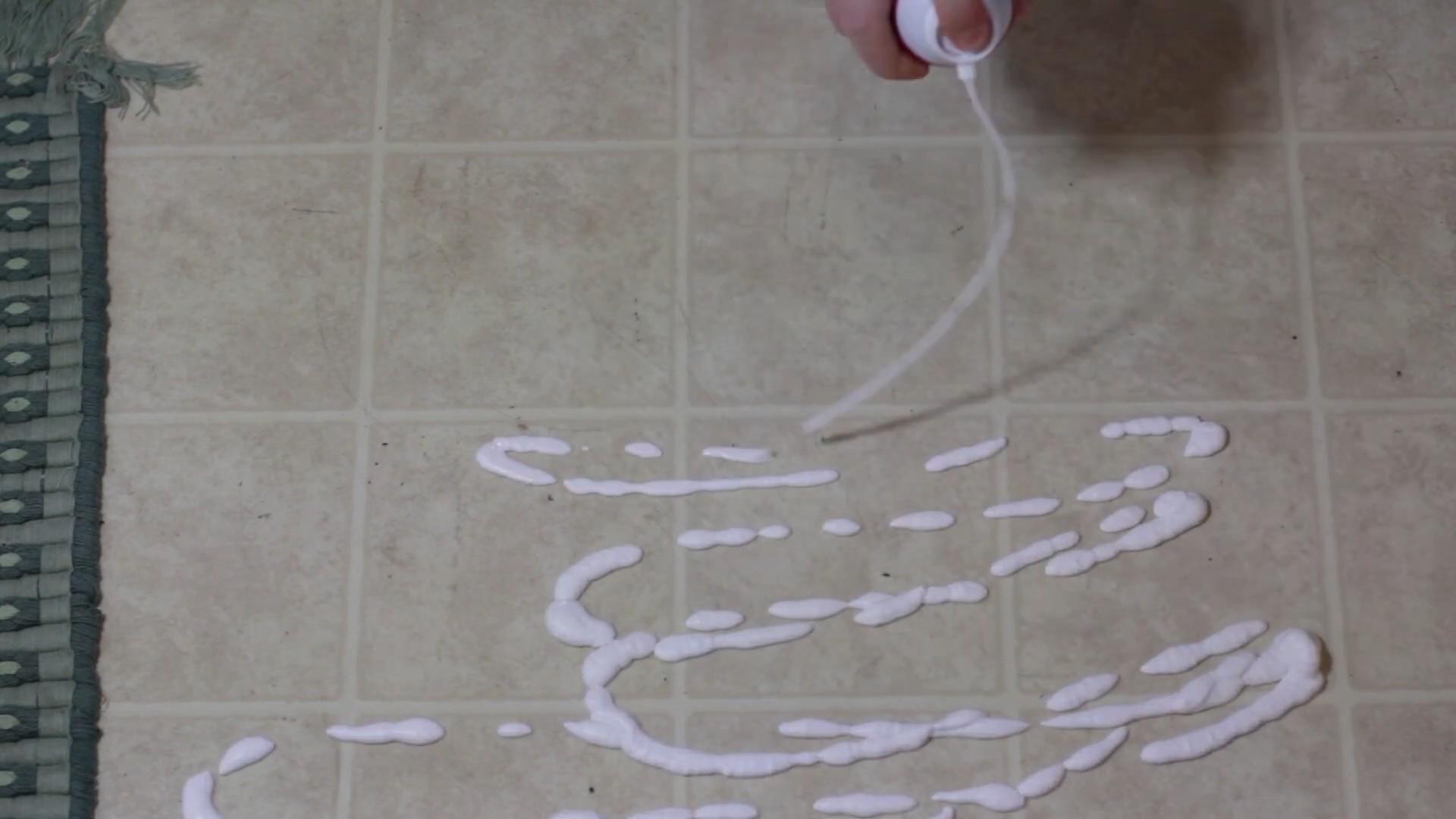
DIY Floating Shelves: A Weekend Project for Stylish Storage
Hey there, fellow DIY enthusiasts! Are you tired of boring walls and craving some stylish storage solutions? Well, you’ve come to the right place! Today, I’m going to walk you through creating your very own floating shelves. These shelves are not only super functional but also add a touch of modern elegance to any room. Plus, you get the satisfaction of saying, “I made that!” Let’s get started!
What You’ll Need: The Supply List
Before we dive in, let’s gather our supplies. Having everything ready will make the process smooth and enjoyable.
* **Wood:** Choose your wood wisely! I recommend using solid wood like pine, oak, or maple for a sturdy and beautiful shelf. The thickness should be at least 1 inch for a good, solid feel. Decide on the length and depth of your shelves based on your needs and the space you have available.
* **Shelf Brackets:** These are the unsung heroes of floating shelves. You can find heavy-duty hidden shelf brackets online or at your local hardware store. Make sure they are rated to hold the weight you plan to put on the shelves.
* **Screws:** You’ll need wood screws to attach the brackets to the wood and wall anchors (if needed) to secure the brackets to the wall. Choose screws that are the appropriate length for your wood thickness and wall type.
* **Level:** Absolutely essential for ensuring your shelves are straight and not wonky. Trust me, you don’t want books sliding off!
* **Stud Finder:** This little gadget will help you locate the studs in your wall. Attaching the brackets to studs provides the strongest support.
* **Drill:** A power drill is a must-have for this project. You’ll use it to pre-drill holes and drive in the screws.
* **Measuring Tape:** Accurate measurements are key to a successful project.
* **Pencil:** For marking measurements and drilling locations.
* **Sandpaper:** To smooth out any rough edges on the wood. Different grits (e.g., 120, 220) are helpful.
* **Wood Stain or Paint (Optional):** To customize the look of your shelves.
* **Polyurethane or Varnish (Optional):** To protect the wood and give it a nice finish.
* **Safety Glasses:** Protect your eyes from sawdust and debris.
* **Dust Mask:** To avoid inhaling sawdust.
* **Clamps (Optional):** Helpful for holding the wood in place while sanding or staining.
Step 1: Preparing the Wood
1. **Cut the Wood to Size:** If you haven’t already, cut your wood to the desired length and depth. Most hardware stores will cut wood for you if you don’t have a saw.
2. **Sand the Wood:** Use sandpaper to smooth out any rough edges or imperfections on the wood. Start with a coarser grit (like 120) and then move to a finer grit (like 220) for a super smooth finish. I like to use a sanding block for even pressure.
3. **Stain or Paint (Optional):** If you want to stain or paint your shelves, now’s the time to do it. Apply the stain or paint according to the manufacturer’s instructions. Let it dry completely before moving on to the next step. I usually apply two coats for a richer color.
4. **Apply a Protective Finish (Optional):** To protect the wood and give it a nice sheen, apply a coat of polyurethane or varnish. Again, follow the manufacturer’s instructions and let it dry completely. This step is especially important if you plan to use the shelves in a bathroom or kitchen where they might be exposed to moisture.
Step 2: Attaching the Brackets to the Wood
1. **Measure and Mark:** Determine the placement of the brackets on the underside of the shelf. I usually place them a few inches from each end and evenly spaced in between if you’re using more than two. Use a measuring tape and pencil to mark the locations.
2. **Pre-Drill Holes:** Pre-drilling holes will prevent the wood from splitting when you drive in the screws. Use a drill bit that is slightly smaller than the diameter of the screws.
3. **Attach the Brackets:** Align the brackets with the pre-drilled holes and use wood screws to attach them securely to the underside of the shelf. Make sure the screws are long enough to go through the bracket and into the wood, but not so long that they poke through the top of the shelf.
Step 3: Mounting the Shelves to the Wall
1. **Locate the Studs:** Use a stud finder to locate the studs in your wall. Mark the locations of the studs with a pencil. This is crucial for ensuring the shelves can support weight.
2. **Mark the Shelf Position:** Decide where you want to hang your shelf and use a level to draw a straight line on the wall. This line will be the top edge of your shelf.
3. **Mark Bracket Locations on the Wall:** Hold the shelf against the wall, aligning the top edge with the line you drew. Use a pencil to mark the locations of the bracket mounting holes on the wall.
4. **Pre-Drill Holes in the Wall:** If you’re attaching the brackets to studs, pre-drill holes through the wall at the marked locations. If you’re not attaching to studs, you’ll need to use wall anchors. Follow the instructions that come with your wall anchors to install them.
5. **Attach the Shelf to the Wall:** Align the brackets with the pre-drilled holes or wall anchors and use screws to attach the shelf to the wall. Make sure the screws are long enough to go through the bracket and into the stud or wall anchor.
6. **Double-Check the Level:** Use a level to make sure the shelf is perfectly level. If it’s not, you can adjust the screws slightly until it is.
Step 4: Finishing Touches
1. **Conceal Screw Heads (Optional):** If you want a cleaner look, you can use wood filler to fill in the screw holes on the shelf. Let the wood filler dry completely and then sand it smooth. You can then touch up the stain or paint if necessary.
2. **Add Decorative Items:** Now comes the fun part! Decorate your shelves with books, plants, photos, and other decorative items. Be mindful of the weight limit of your shelves.
3. **Step Back and Admire Your Work:** Take a step back and admire your beautiful new floating shelves! You did it!
Troubleshooting Tips
* **Shelf is Wobbly:** If your shelf is wobbly, make sure the brackets are securely attached to both the shelf and the wall. If you’re not attaching to studs, try using heavier-duty wall anchors.
* **Shelf is Sagging:** If your shelf is sagging, it may be overloaded. Remove some of the items from the shelf or add additional brackets for support.
* **Wood is Splitting:** If the wood is splitting when you drive in the screws, try pre-drilling larger holes or using screws with a self-tapping design.
* **Stain is Uneven:** If the stain is uneven, try sanding the wood more thoroughly before applying the stain. You can also try applying a second coat of stain.
Alternative Bracket Options
While hidden brackets offer a sleek look, there are other bracket options to consider depending on your style and needs:
* **Decorative Brackets:** These brackets are visible and add a decorative element to your shelves. They come in a variety of styles, from rustic to modern.
* **Angle Brackets:** These brackets are simple and functional. They are typically made of metal and are attached to the underside of the shelf and the wall.
* **Pipe Brackets:** These brackets are made of metal pipes and fittings. They add an industrial touch to your shelves.
Shelf Material Alternatives
While solid wood is a great choice for floating shelves, you can also consider other materials:
* **Plywood:** Plywood is a more affordable option than solid wood. It’s also less likely to warp or crack.
* **MDF (Medium-Density Fiberboard):** MDF is a smooth, paintable surface. It’s a good option if you plan to paint your shelves.
* **Reclaimed Wood:** Reclaimed wood adds a rustic and unique touch to your shelves.
Shelf Placement Ideas
* **Living Room:** Use floating shelves to display books, photos, and decorative items in your living room.
* **Bedroom:** Use floating shelves as bedside tables or to store books and other personal items in your bedroom.
* **Kitchen:** Use floating shelves to store spices, cookbooks, and other kitchen essentials.
* **Bathroom:** Use floating shelves to store toiletries, towels, and other bathroom necessities.
* **Home Office:** Use floating shelves to store books, files, and other office supplies.
Safety First!
Remember to always wear safety glasses and a dust mask when working with wood. Be careful when using power tools and follow the manufacturer’
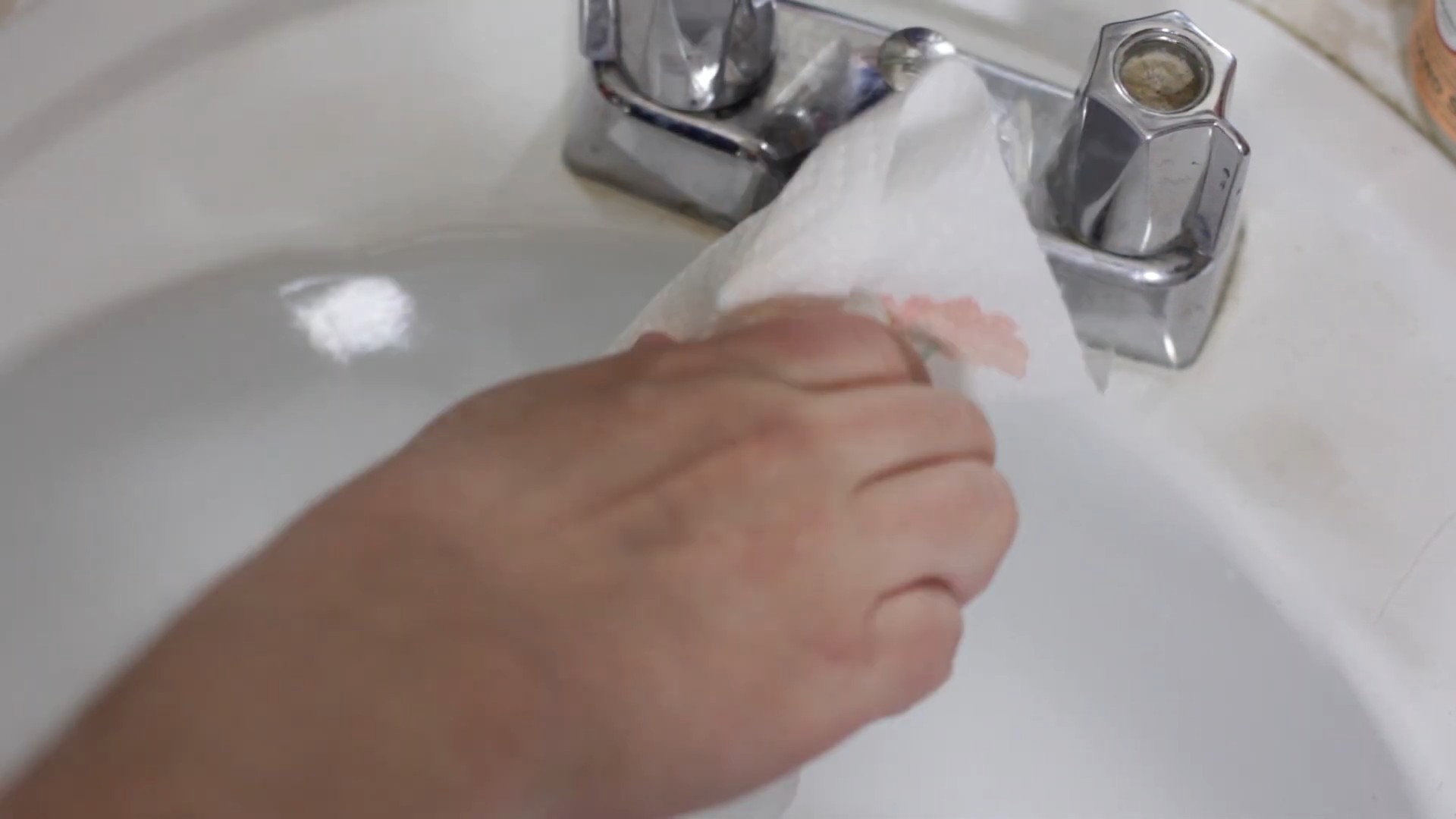
Conclusion
So, there you have it! Transforming your living space doesn’t require a hefty budget or professional help. These DIY home decor ideas are not just about saving money; they’re about injecting your personality and creativity into every corner of your home. From repurposing old jars into charming vases to crafting stunning wall art from reclaimed wood, the possibilities are truly endless.
What makes these DIY projects a must-try? It’s the unique blend of affordability, personalization, and the sheer satisfaction of creating something beautiful with your own hands. Imagine the pride you’ll feel when guests admire that stunning gallery wall you curated yourself, or the cozy ambiance created by the hand-painted throw pillows you designed. These aren’t just decorations; they’re conversation starters, reflections of your style, and tangible reminders of your creative spirit.
But don’t stop there! Feel free to experiment and adapt these ideas to suit your own taste and preferences. For example, if you’re creating a macrame wall hanging, try using different colors of yarn or incorporating beads and feathers for a bohemian touch. When painting furniture, consider using stencils or decoupage techniques to add intricate details. If you’re short on space, think vertically! Floating shelves, hanging planters, and wall-mounted organizers can maximize storage and add visual interest without taking up valuable floor space.
Consider variations like using metallic paints for a glam look, or opting for natural dyes for an earthy, organic feel. You could even incorporate elements from nature, such as dried flowers, seashells, or pebbles, to create unique and personalized accents. Remember, the key is to have fun and let your imagination run wild!
We truly believe that anyone can create a beautiful and inviting home with a little bit of creativity and elbow grease. These DIY home decor ideas are a fantastic starting point, but the real magic happens when you put your own spin on them. So, gather your supplies, roll up your sleeves, and get ready to transform your living space into a reflection of your unique style.
We’re incredibly excited to see what you create! Don’t forget to share your DIY home decor masterpieces with us on social media using #DIYHomeDecorMagic. We can’t wait to be inspired by your creativity and share your amazing transformations with our community. Let’s inspire each other to create beautiful, personalized homes that we truly love!
Frequently Asked Questions (FAQ)
What if I’m not very crafty? Can I still do these DIY projects?
Absolutely! Many of these DIY home decor ideas are designed for beginners and require minimal skills or experience. Start with simpler projects like painting a picture frame or creating a simple macrame plant hanger. There are tons of online tutorials and videos that can guide you through each step. The key is to be patient with yourself and not be afraid to make mistakes. Remember, even the most experienced crafters started somewhere! Don’t be afraid to experiment and learn as you go. The beauty of DIY is that it’s all about embracing imperfections and creating something unique.
Where can I find affordable materials for these DIY projects?
One of the best things about DIY is that it allows you to repurpose and upcycle existing materials. Check your own home for items that you can reuse, such as old jars, fabric scraps, or wooden pallets. Thrift stores, flea markets, and garage sales are also great places to find affordable materials. Don’t overlook online marketplaces like Craigslist or Facebook Marketplace, where you can often find free or low-cost items. Craft stores and hardware stores are also good options, but be sure to look for sales and coupons to save money. Remember to think outside the box and consider unconventional materials that you can transform into something beautiful.
How can I personalize these DIY home decor ideas to match my style?
Personalization is key to making your DIY projects truly your own. Start by identifying your personal style. Are you drawn to minimalist designs, bohemian vibes, or a more traditional aesthetic? Once you know your style, you can choose colors, patterns, and materials that reflect it. For example, if you prefer a minimalist look, opt for neutral colors and clean lines. If you’re drawn to bohemian style, incorporate natural textures, vibrant colors, and eclectic patterns. Don’t be afraid to mix and match different elements to create a unique and personalized look. You can also add personal touches by incorporating family photos, travel souvenirs, or other meaningful items into your DIY projects.
What are some tips for making my DIY projects look professional?
While DIY is all about embracing imperfections, there are a few things you can do to make your projects look more polished. First, pay attention to detail. Take your time and make sure that your cuts are clean, your seams are straight, and your paint is even. Second, use high-quality materials. While it’s tempting to save money by using cheaper materials, investing in better quality supplies will often result in a more professional-looking finished product. Third, don’t be afraid to experiment with different techniques. There are tons of online tutorials and videos that can teach you new skills and help you improve your craftsmanship. Finally, remember to practice! The more you DIY, the better you’ll become.
How can I involve my kids in these DIY home decor projects?
DIY projects can be a fun and educational activity for the whole family. Choose projects that are age-appropriate and that your kids will enjoy. For younger children, simple projects like painting rocks or decorating picture frames are a good option. Older children can help with more complex tasks, such as sanding furniture or sewing pillows. Be sure to supervise your children closely and provide them with clear instructions. Make it a collaborative effort and let them contribute their own ideas and creativity. Not only will they have fun, but they’ll also learn valuable skills and develop a sense of accomplishment.
What if I make a mistake? Can I fix it?
Absolutely! Mistakes are a natural part of the DIY process. Don’t get discouraged if you make a mistake; instead, see it as an opportunity to learn and improve. Many mistakes can be easily fixed with a little bit of creativity and ingenuity. For example, if you accidentally spill paint, you can often cover it up with another coat of paint or by adding a decorative element. If you cut something too short, you can often add an extension or use the piece in a different way. The key is to be flexible and adaptable. Don’t be afraid to experiment and try new things. Sometimes, the best DIY projects are the ones that are born out of mistakes.
How can I ensure my DIY projects are safe?
Safety should always be a top priority when working on DIY projects. Wear appropriate safety gear, such as gloves, goggles, and a dust mask, when necessary. Use power tools safely and follow the manufacturer’s instructions carefully. Work in a well-ventilated area when using paints, glues, or other chemicals. Keep your work area clean and organized to prevent accidents. If you’re working with electricity, be sure to turn off the power before starting any work. If you’re not comfortable with a particular task, don’t hesitate to ask for help from a friend or professional.
How can I find more inspiration for DIY home decor ideas?
The internet is a treasure trove of inspiration for DIY home decor ideas. Browse websites like Pinterest, Instagram, and YouTube for tutorials, tips, and inspiration. Check out home decor blogs and magazines for the latest trends and ideas. Visit local craft fairs and art shows to see what other people are creating. Don’t be afraid to experiment and try new things. The best way to find inspiration is to simply start exploring and see what catches your eye. Remember to keep a notebook or digital file to save ideas and inspiration for future projects.


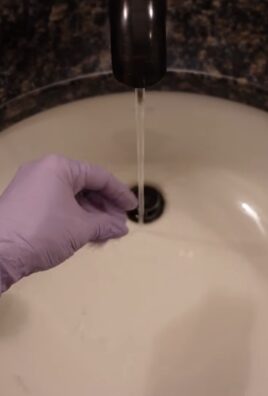
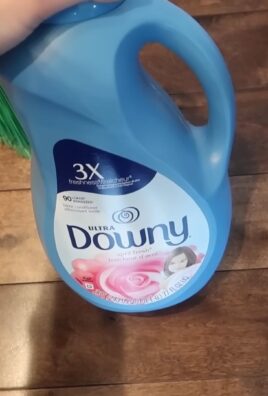
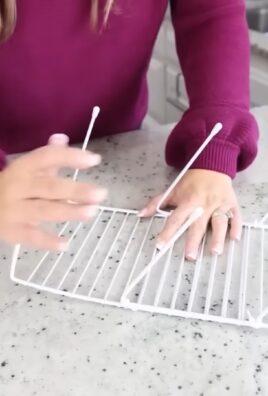
Leave a Comment